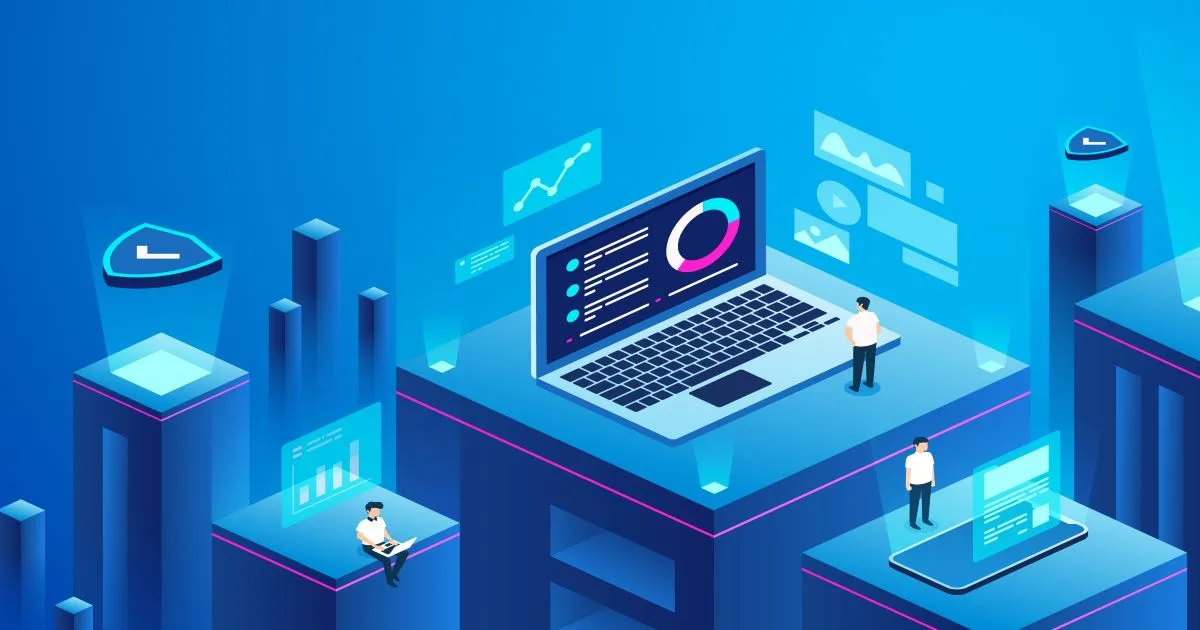To drive growth in this new economy takes more than transferring existing models and processes to digital touchpoints. It requires digital innovation centered around a connected customer with ever-evolving expectations.
I was inspired by the research with HBRAS and my work at Salesforce in experience innovation with businesses all around the world since March of 2020. As a result, I’ve outlined five phases of customer-unified business and digital transformation to help chart a path toward new horizons of customer experiences.

To drive growth in this new economy takes more than transferring existing models and processes to digital touchpoints
1. Adopt a Customer-Unified Mindset
First, you must embrace a customer-centric mindset and commit to uniting around the customer and the employee.
- Set a vision and strategy for unified customer engagement across your organization.
- Make it easy for employees to make it easy for customers.
- Shift from selling to the customer (product-centric) to serving the customer (customer-centric).
- Form a cross-functional steering committee to chart and manage a customer innovation roadmap.
- Optimize decision making to accelerate experimentation and transformation.
2. Foster a Customer-Unified Data Culture
Place customer insights at the center of operational transformation.
- Build a deliberate path to achieving a single source of customer truth.
- Embrace a data culture that helps every employee get closer to your customers.
- Train and educate your employees on digital-first customer and data proficiency.
- Facilitate access to trusted real-time data sources across the customer’s journey, making it easy for customer-facing employees to find relevant information.
- Build a center of excellence to cultivate data expertise and promote the voice of the customer.
- Create defined customer feedback loops.
3. Prioritize Customer-Centered Digital Transformation
Improve and reimagine the customer experience (CX) from the front to the back office.
- Identify customer friction and opportunities to improve experiences—and deliver new value. Focus on resolving customer issues as the primary justification for any new program. Resolving pain points at scale introduces net new revenue streams.
- Define the new capabilities both your business and information technology (IT) functions need to support new experiences—and agree on the most critical outcomes your organization needs, and how to measure them.
- Align IT and business leaders on a 360-degree digital operating model to improve CX and raise customer-facing performance.
- Create a single enterprise digital governance model that underpins and supports the working digital operating model.
4. Pursue Customer-Centered Operational Transformation
Reimagine operations around customer insights, integration, and collaboration.
- Align sales, service, marketing, commerce, IT, digital governance, and analytics to create one team organized around the customer.
- Unify the organization’s functions and operational models to support cohesive customer engagement.
- Adopt customer-centric business processes.
- Make fundamental shifts in your products or services, and how teams work together, to deliver the value and experiences customers seek.
- Anticipate and respond to changes in customer needs.
- Embrace agile methodologies to support infinite digital transformation and experience innovation.
5. Embrace a Customer and Employee-Centered Workplace
The formula for enhancing CX is to empower the employee experience (EX).
- Design EX to deliver a unified CX.
- Invest in systems, tools, and processes that allow and encourage cross-team collaboration.
- Train managers and employees to empathize with customers and team members, to ask the right questions, and to be good listeners and storytellers.
- Apply incentives to individual behaviors that drive business goals.
- Encourage groups with different skill sets to solve customer problems together.
- Give teams the authority to act in the customer’s best interest.
Making customer-unified experiences the heart of the organization begins with actually organizing around the customer and then boldly executing on insights to engage, transform, and innovate. This and only this is how to prioritize what matters most to digitally-empowered consumers—whether it's online or in hybrid settings—to deliver next-generation products, services, and experiences that set the new standard for engagement.
Source: Forbes.com








.jpg)
.jpg)

